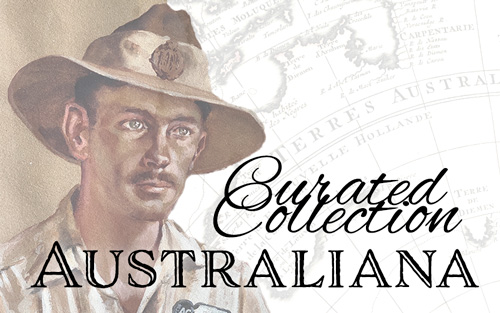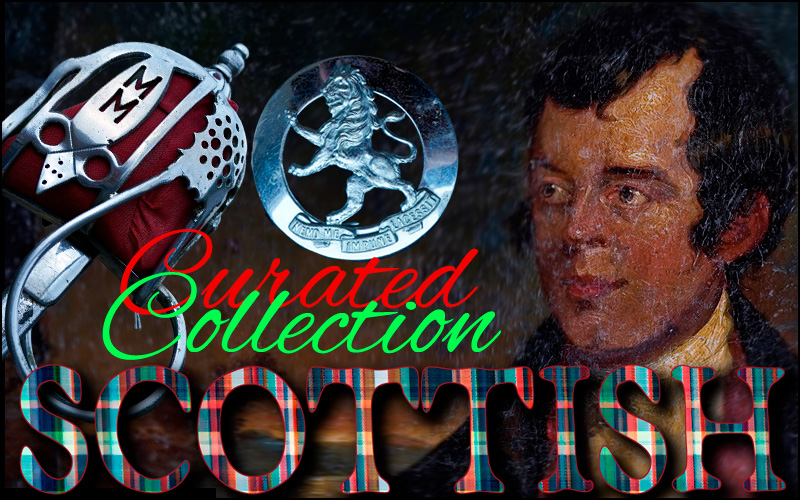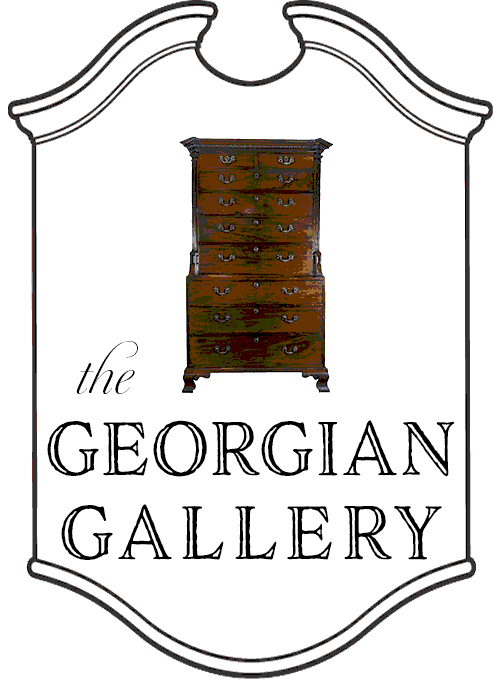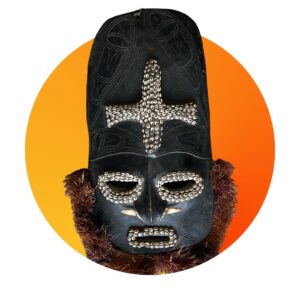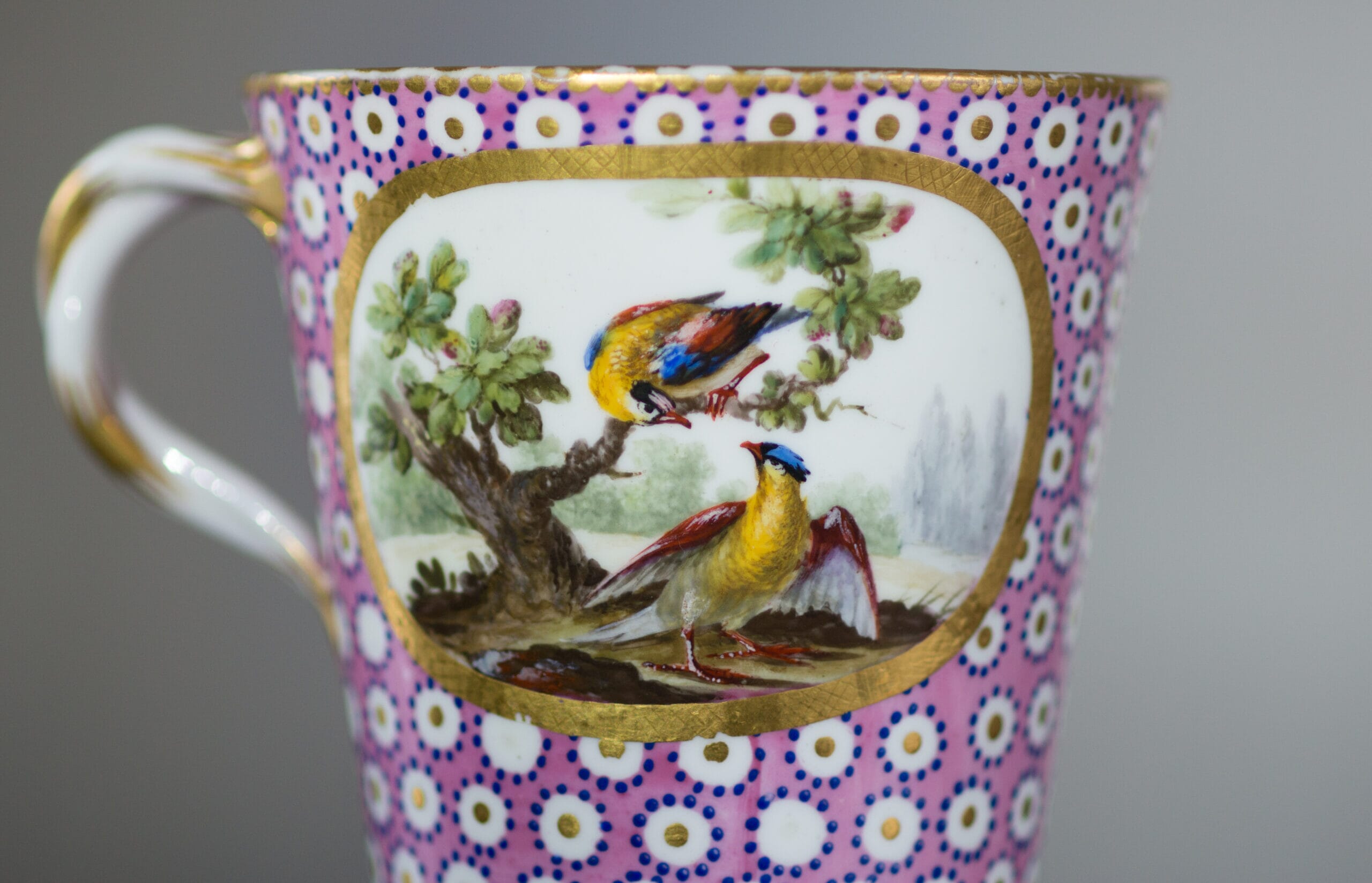








A SÈVRES CUP AND SOCKETED SAUCER
(GOBELET ET SOUCOUPE ‘ENFONCE,’ 1ERE GRANDEUR)
The Royal French porcelain manufactory at Sèvres was well patronized by the French court, and the pieces they created were meant to be the most flamboyant and impressive luxuries imaginable. This pink ground cup & saucer certainly qualifies.
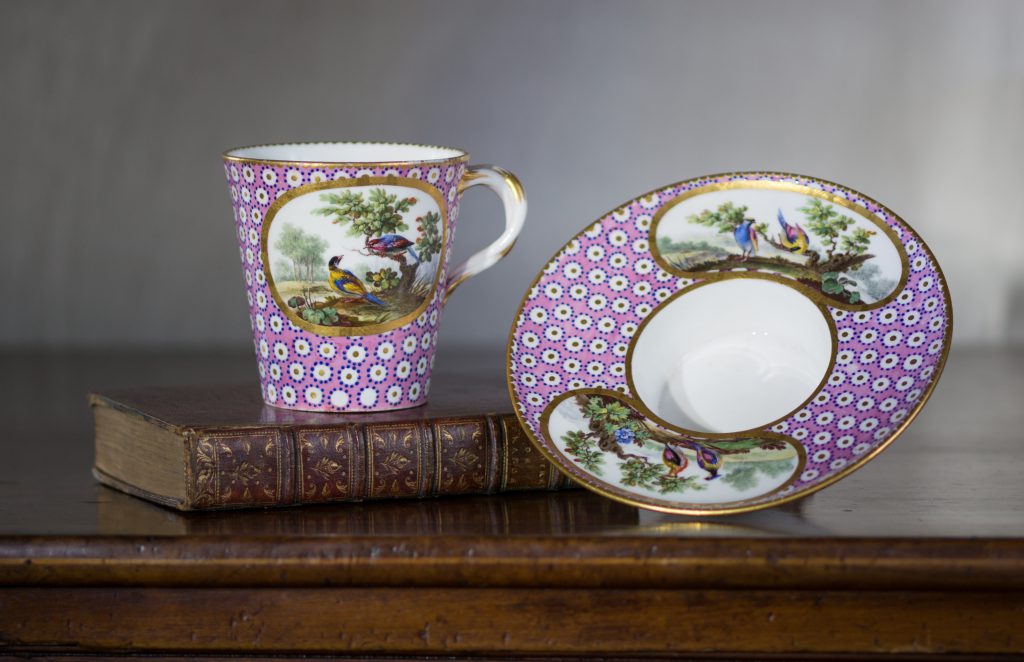
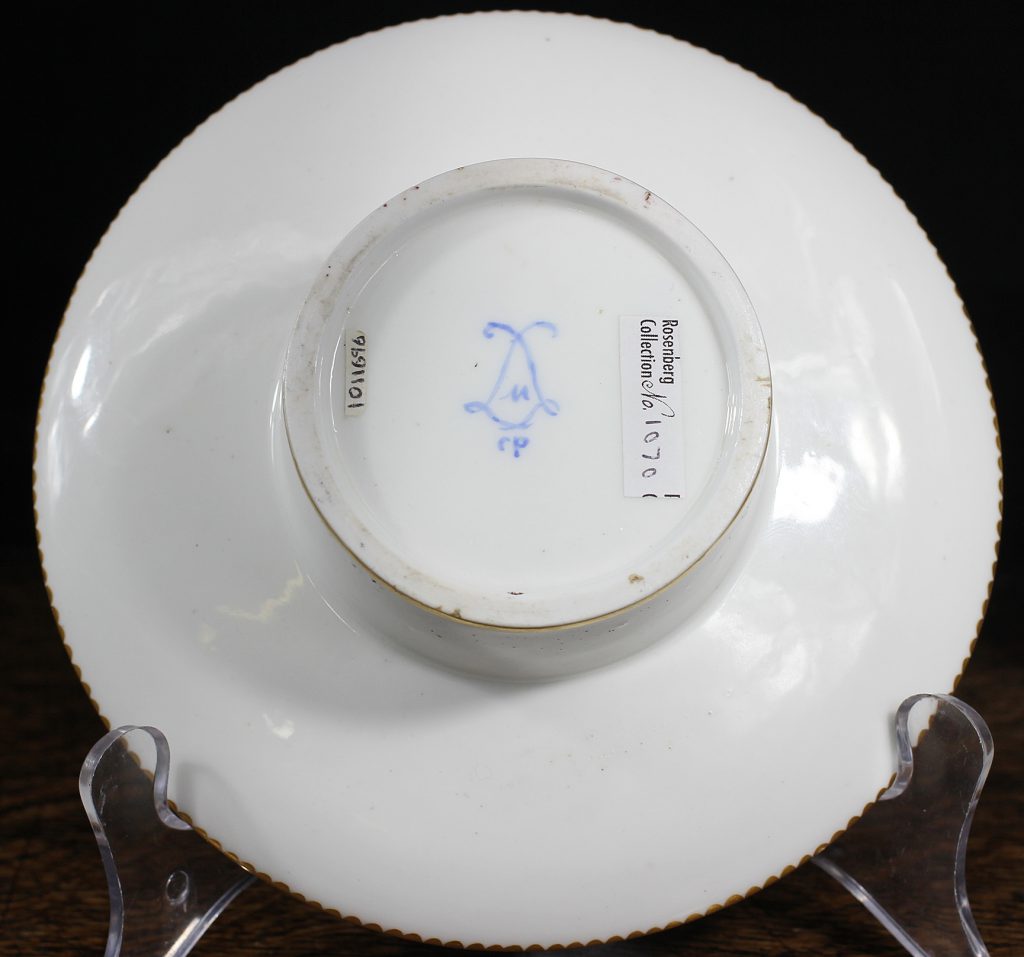
Important Sèvres cup and saucer, goblet et soucoup enfoncé, premiere grandeur , superbly painted by Antoine-Joseph Chappuis (aîné), with four panels of birds in landscapes, framed within rich tooled gold borders against a ground of blue and gold oeil-de-perdrix on a pink ground.
Crossed ‘L’s’ mark,
also date letter ‘M’ for 1765,
‘cp’ for artist Antoine-Joseph Chappuis (aîné),
incised cup repairer’s mark ‘00’ & ‘ae’
Madame de Pompadour was probably responsible for the inception of this unusual form of saucer, with its deep well ensuring the cup cannot be easily upset. The form appears in 1753, and as she was failing in health with tuberculosis, a socketed saucer negated the risk of spilling her drink due to a shaking hand or coughing fit. Factory records show that all examples of this type made were purchased by her until her death in 1764. The next recorded sale was in October 1765 to Princess Louise-Marie of France, youngest daughter of Louis XV. Its present whereabouts are unrecorded, and this example has a high possibility of being the goblet et soucoup enfoncé, premiere grandeur in question.
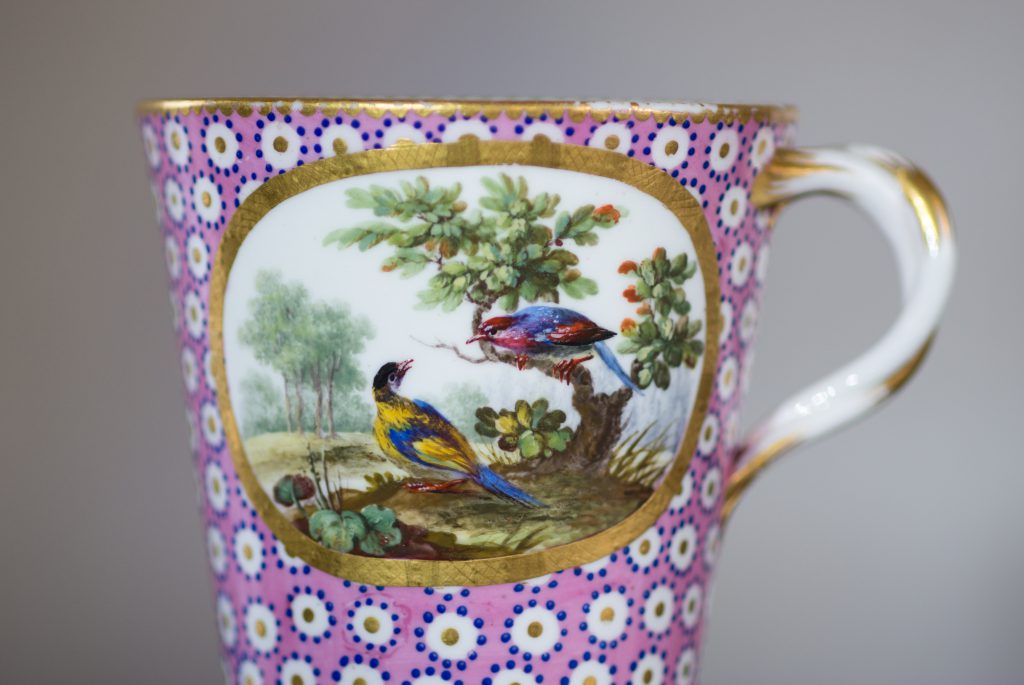
They were one-off products, and examples vary wildly in decoration. An example in the Getty Museum is thought to have belonged to Madame de Pompadour. It has a saucer with an unknown repairer’s mark (00), the same as on this cup. The gilding appears on numerous examples from this period, often with small inconsistencies such as can be seen in the above detail, where the gold doesn’t quite cover the ground.
The artist Chappuis ‘l’aîne’ was a long-term employee at Sèvres, being apprenticed as a répareur (maker) in 1756, became a painter in 1761, became the deputy ‘head of kilns’ in 1782 , and in charge of the kilns for the final year of his life in 1787.
His wonderfully vivid birds are distinct amongst the Sèvres artists repertoire, and a piece such as this important goblet et soucoup enfoncé, premiere grandeur show Sèvres at its best.
Provenance: The Antique Porcelain Company, NY
References:
Similar gilding can seen on a can & saucer in the British Museum, #110 in Dawson’s book ‘French Porcelain in the British Museum’, also #112.
An écoulle, cover & stand with the same decoration was sold as part of the Giuseppe Rossi collection, Sothebys London 1999 lot 518
A coffee can & saucer with similar ground, also with birds by Antoine-Joseph Chappuis (l’âiné), 1766, at the Victorian & Albert Museum, South Kensington
Similar items at auction:
A cup & saucer with the same ground, very similar birds by another artist, Aloncle, 1765, at Christies London 2015.
A wonderful teapot with the same unknown repairer’s mark (00), also painted by the same artist, Antoine-Joseph Chappuis (l’âiné), 1765, sold by Bonhams London in 2014.
A cup & saucer of the same form, birds by Aloncle, 1763, sold at Christies NY
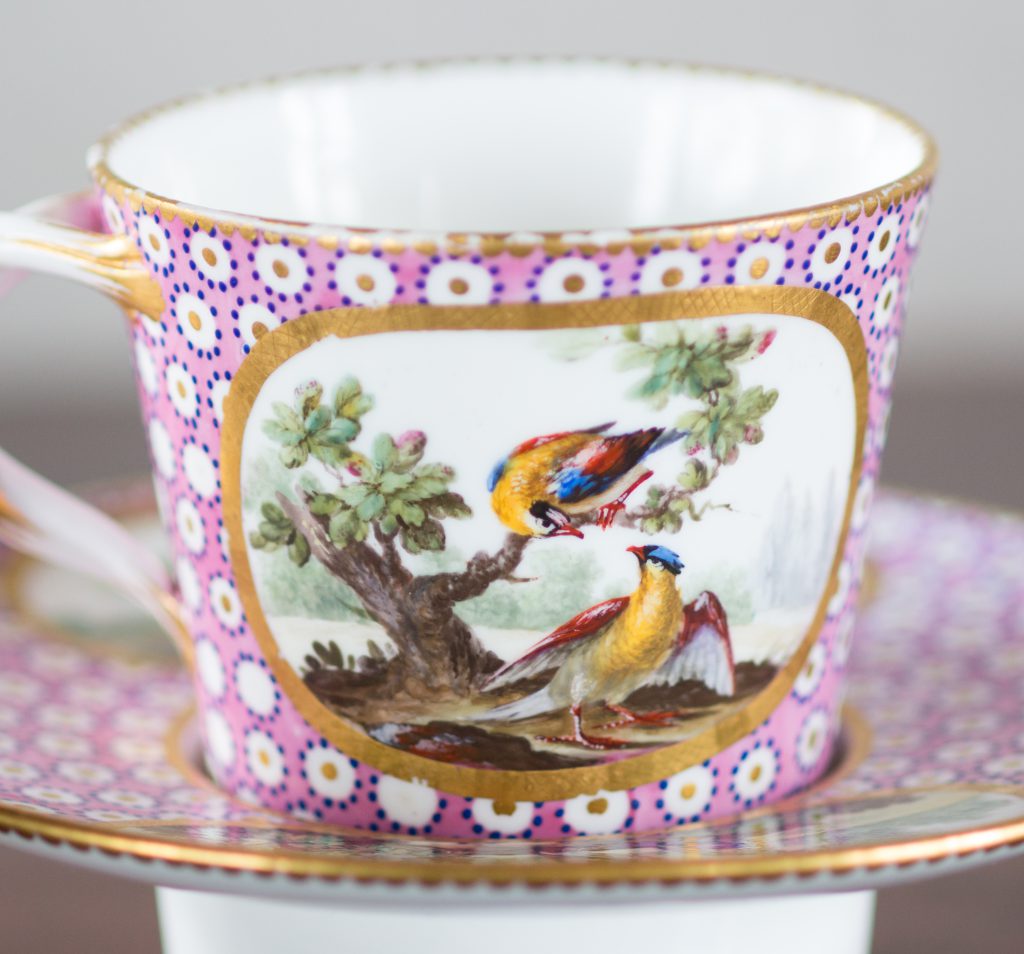

















 perhaps was not used much due to the issues we see on this cup & saucer: the blue tends to bead into clumps, and the thick yellow enamels shift in the heat of the enamel firings. While the yellow pigment had been a very early Sévres development, the tone seen here appears in the early 1780’s and is not repeated after the Revolution. There are a handful of specimens scattered around the globe in various collections, making this a most rare & desirable item.
perhaps was not used much due to the issues we see on this cup & saucer: the blue tends to bead into clumps, and the thick yellow enamels shift in the heat of the enamel firings. While the yellow pigment had been a very early Sévres development, the tone seen here appears in the early 1780’s and is not repeated after the Revolution. There are a handful of specimens scattered around the globe in various collections, making this a most rare & desirable item.











